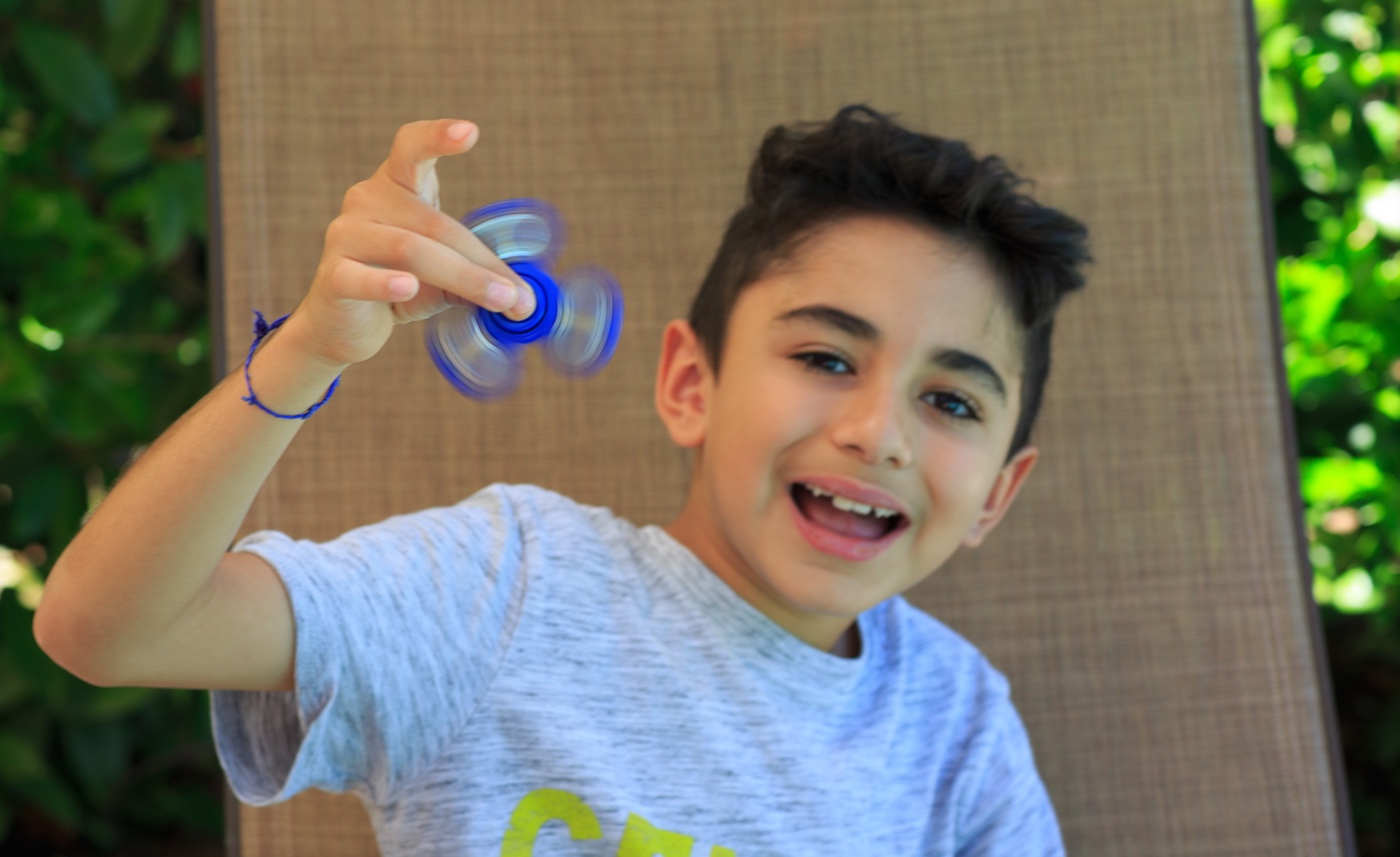Fidget Spinner Warning: Popular Toys Linked with Safety Hazards

A U.S. government agency is warning of the safety hazards linked with the widely popular toys called fidget spinners.
The U.S. Consumer Product Safety Commission (CPSC) has released new safety guidelines for fidget spinners on Aug. 10, after receiving several reports of children choking on fidget spinner pieces, as well as reports of battery-operated spinners catching fire.
"Fidget spinners can be fun to use, but consumers and companies should be aware of some of the safety concerns associated with this product," Ann Marie Buerkle, acting chairwoman of the CPSC, said in a statement
Plastic and metal fidget spinners may break and release small pieces that can be a choking hazard, according to the guidelines. For this reason, children younger than 3 years old should not use fidget spinners, and children of any age should not put fidget spinners in their mouths. (Some reports of choking have involved children as old as 14, the CPSC said.) [Beyond Fidget Spinners: 10 Ways to Help Kids Concentrate]
In addition, there have been some reports of fires involving battery-operated fidget spinners, the CPSC said. For example, a woman in Michigan told NBC News that her Bluetooth-enabled fidget spinner caught fire after charging on her counter for less than 30 minutes.
The CPSC recommends that consumers be present in the room when their fidget spinner is charging and that they always use the cable that came with the toy. If the spinner didn't come with a cable, consumers should make sure to use a cable that has the correct connections for charging the device. Once the device is charged, consumers should unplug it immediately, the CPSC said.
If the fidget spinner is made for children 12 years and younger, it must meet certain testing, labeling and other requirements, according to the CPSC.
Sign up for the Live Science daily newsletter now
Get the world’s most fascinating discoveries delivered straight to your inbox.
Original article on Live Science.

Rachael is a Live Science contributor, and was a former channel editor and senior writer for Live Science between 2010 and 2022. She has a master's degree in journalism from New York University's Science, Health and Environmental Reporting Program. She also holds a B.S. in molecular biology and an M.S. in biology from the University of California, San Diego. Her work has appeared in Scienceline, The Washington Post and Scientific American.









